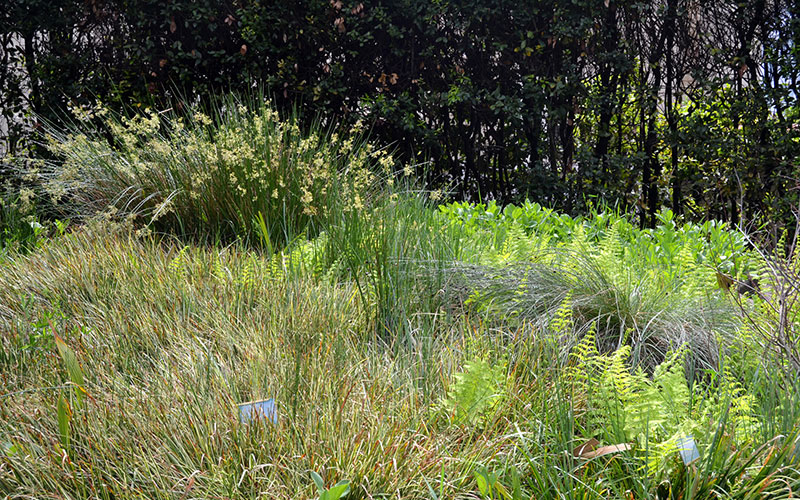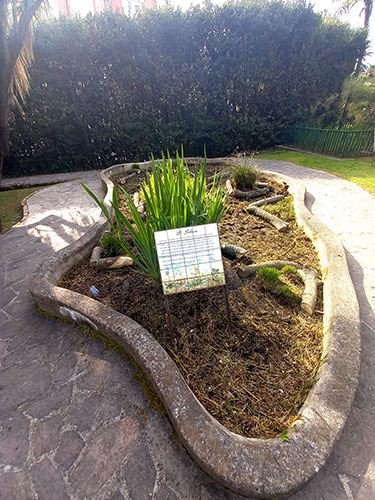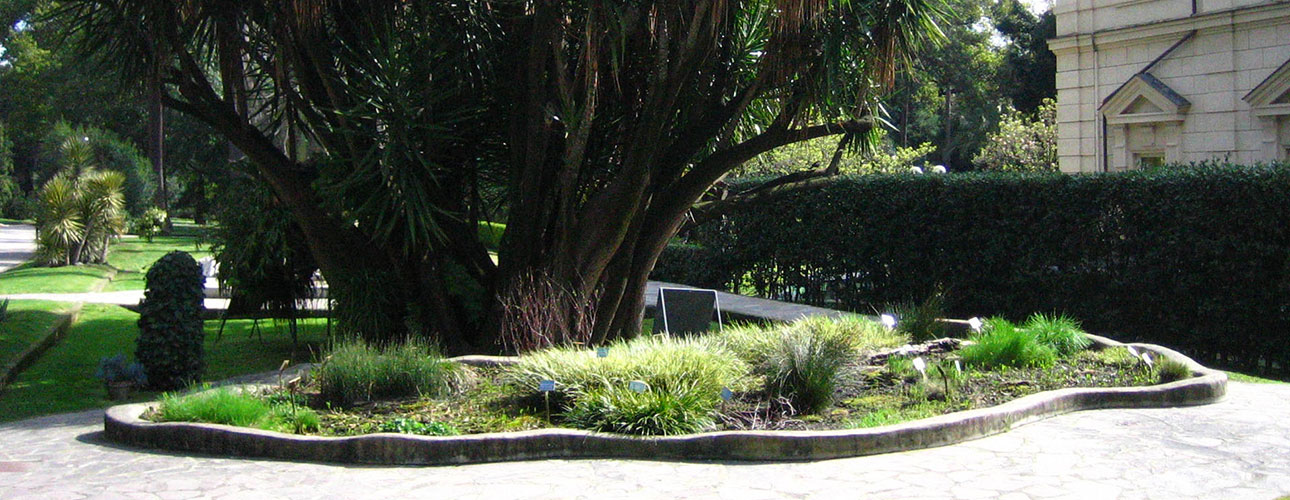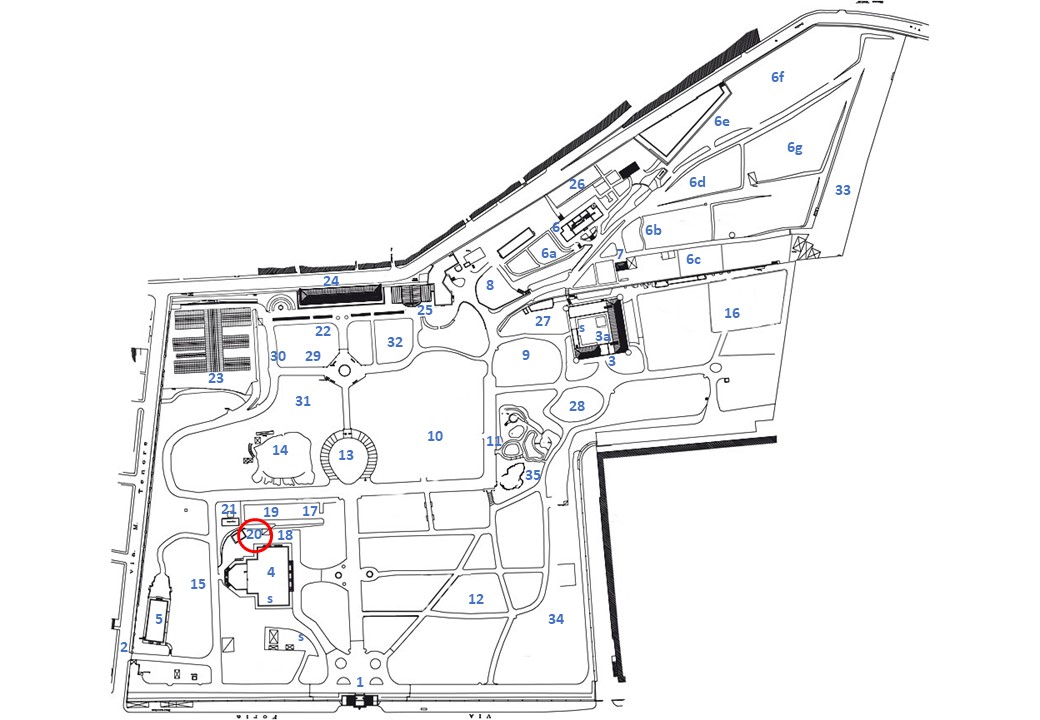A bog is an environment characterized by a water-saturated substrate (and therefore deficient in oxygen as well as poor in mineral salts), low temperatures, and high acidity due to the presence of sphagnums, which are a particular type of moss. These mosses form continuous layers on the ground: their dead parts, saturated with water, serve as a substrate for the living superficial parts, and thus the thickness of the layers increases until reaching heights of several meters. Plants that live in bogs establish themselves on layers of sphagnum mosses and, due to their considerable distance from the ground, face difficulties in water supply. In these environments, organic decomposition is almost absent, as evidenced by the discovery of well-preserved mummies in the bogs of northern Europe. Bogs cover more than 1% of the Earth's surface and play a crucial role in long-term carbon dioxide sequestration, creating accumulations of peat and coal.
 Bogs, with their highly acidic, water-saturated, nutrient-poor, and oxygen-deficient soil, have contributed to the selection of plant species that can only survive in these types of environments.
Bogs, with their highly acidic, water-saturated, nutrient-poor, and oxygen-deficient soil, have contributed to the selection of plant species that can only survive in these types of environments.
Among the species populating these environments, there are also some insectivorous plants of the genus Drosera.
 The bog in winter.
The bog in winter.



 Sistema Museale di Ateneo
Sistema Museale di Ateneo